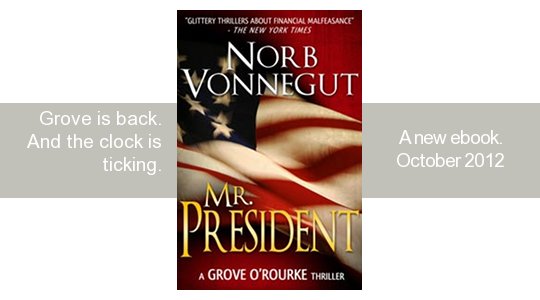"There was only one catch and that was Catch-22…."
The New York Times ran a story today entitled "Missouri Political Donor Thrives With No Limits." At the heart of the article is the $2,500 Federal cap on contributions to political campaigns.
Legal and legislative challenges to contribution limits are already proliferating at the state level and federally. This month, the Republican National Committee asked the Supreme Court to consider its lawsuit challenging limits on the combined amount an individual can give to party committees in each election cycle.
The future of unlimited giving has already come to pass in Missouri, which in 2008 became one of four states that do not limit contributions to candidates.
There are no caps, however, on donations to PACs or social welfare organizations. This discrepancy is a muddle of legislative and judicial intent that has led to bizarre outcomes. On the one hand, media outlays are huge. Estimates place the cost of President Obama's and Governor Romney's campaigns around $1 billion each. Networks are the big winners as PACs and social welfare organizations buy commercial time with reckless abandon.
On the other hand, politicians can't pay their operating expenses–salaries, travel, office expenses, etc. There are 39 failed presidential bids from the last 16 years in which the candidates are still trying to pay their vendors. One of the more famous examples from this election cycle occurred when Michele Bachman was slow to pay a small business in Iowa.
So what is the Catch-22? Candidates can raise all the money they want, but they can't use it to pay their operating expenses. I was so taken by this disparity that I wrote Mr. President.
Sure, Mr. President is a thriller. Grove O'Rourke steps in it again. But now you know the backdrop to the action.


 The New York Times describes my novels as “money porn,” “a red-hot franchise,” and “glittery thrillers about fiscal malfeasance.” Through fiction I explore the dark side of money and the motivations of those who have it, want more, and will steamroll anybody who gets in their way.
The New York Times describes my novels as “money porn,” “a red-hot franchise,” and “glittery thrillers about fiscal malfeasance.” Through fiction I explore the dark side of money and the motivations of those who have it, want more, and will steamroll anybody who gets in their way.